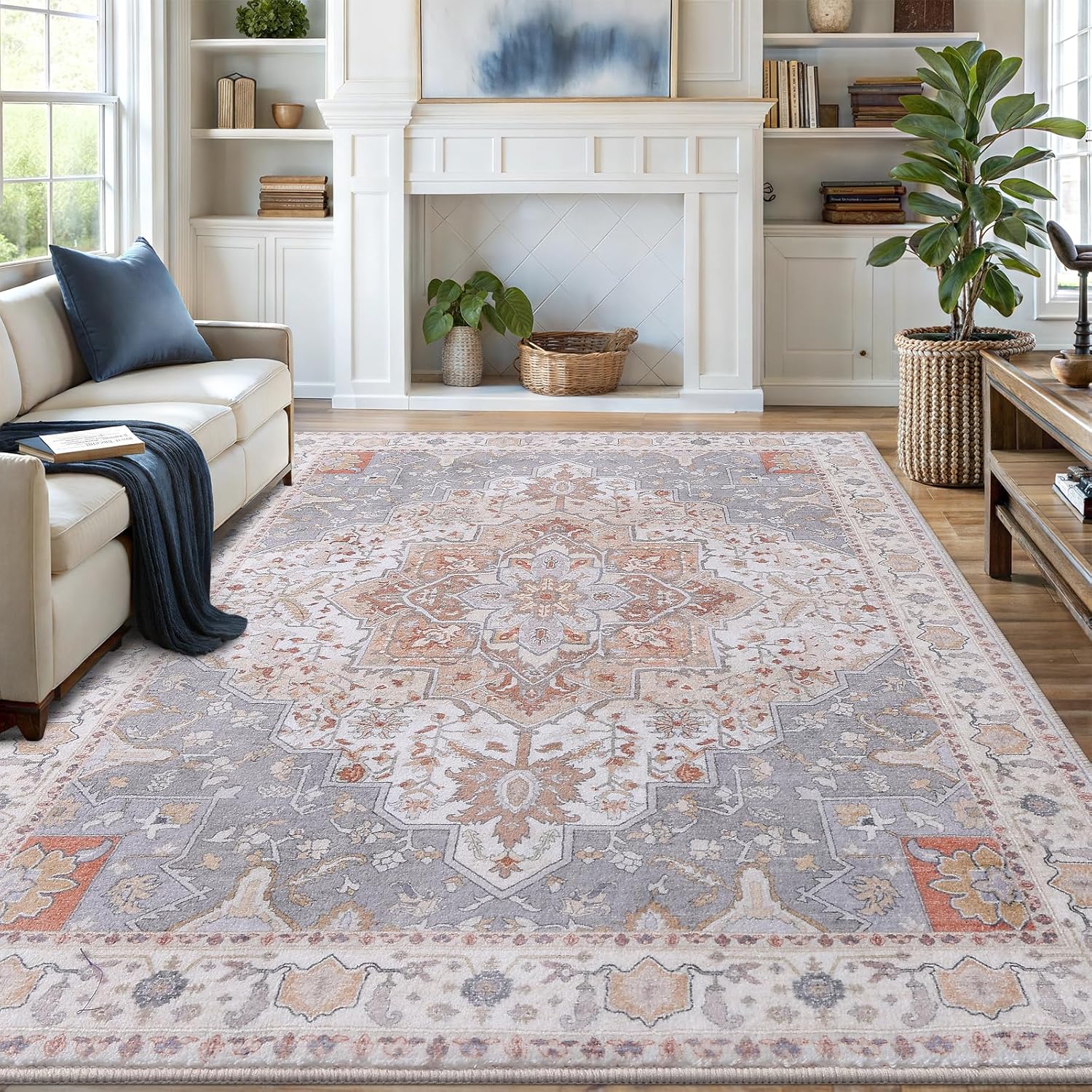To clean slate floors, use a pH-neutral cleaner and a soft mop, avoiding abrasive tools to prevent surface damage.
Slate floors offer timeless beauty and durability, but their porous nature requires special care during cleaning. Using the wrong methods can etch the surface or strip protective sealants. This guide reveals professional techniques to clean slate floors safely while preserving their natural charm.

Why Slate Floors Need Special Cleaning Care
Slate is a metamorphic rock with unique characteristics that demand gentle cleaning approaches:
Porous Surface Structure
The natural cleft texture contains microscopic pores that trap dirt and liquids. Unlike polished stone, rough slate has more surface area for grime accumulation.
Mineral Sensitivity
Slate contains calcium carbonate which reacts with acids. Common cleaners like vinegar can cause permanent etching. According to stone care experts at The Marble Institute, pH-neutral cleaners are essential.
Sealant Vulnerability
Most slate floors have penetrating sealers that degrade with harsh chemicals. The best organic cleaning products maintain sealant integrity while removing dirt.

Step-by-Step Slate Floor Cleaning Process
1. Dry Cleaning Preparation
Begin with thorough dry cleaning:
- Use a soft-bristle broom or vacuum for hard floors with brush attachment
- Remove loose debris from textured surface
- Pay special attention to grout lines
2. Choosing the Right Cleaning Solution
| Recommended | Avoid |
|---|---|
| pH-neutral stone cleaners | Vinegar/acidic solutions |
| Mild dish soap (1 tsp per gallon) | Bleach/ammonia |
| Commercial stone cleaners | Abrasive powders |
3. Gentle Wet Cleaning Technique
- Mix cleaner with warm (not hot) water
- Dampen mop – excess water can damage slate
- Clean in small sections using circular motions
- Rinse mop frequently in clean water
4. Drying and Aftercare
Proper drying prevents water spots and mineral deposits:
- Use microfiber towels to blot dry
- Run a dry mop over surface
- Allow 30 minutes before walking
Advanced Slate Maintenance Tips
Sealing Schedule
Reseal slate floors every 1-3 years depending on traffic. Perform a water test – if water beads, sealant is active; if absorbed, resealing is needed.
Stain Removal Methods
For stubborn stains:
- Oil stains: Use poultice of baking soda and water
- Rust stains: Commercial rust remover for stone
- Organic stains: Hydrogen peroxide (3%) solution
Protective Measures
Extend time between deep cleanings with these strategies:
- Place mats at all entrances
- Use felt pads under furniture
- Implement a “no shoes” policy
- Clean spills immediately
Common Slate Cleaning Mistakes
Avoid these damaging practices:
Using Steam Cleaners
High heat can fracture slate tiles and degrade sealants. The NSF International recommends against steam cleaning natural stone.
Scrubbing Too Hard
Aggressive scrubbing with stiff brushes can:
- Remove surface sealant
- Create uneven wear patterns
- Expose rough underlayers
Overusing Cleaners
Excessive cleaner leaves residue that attracts dirt. For routine cleaning, often plain water with a quality mop and wringer is sufficient.

Vanmoos 6×9 Machine-Washable Area Rug — Artistic Flair / Beige
Low-pile, non-slip rug that minimizes pet hair collection and makes quick cleanup part of your routine.
Affiliate link — may earn a commission at no extra cost to you.
